Solar vs Lunar Eclipse Worksheet
Are you interested in learning more about the differences between solar and lunar eclipses? Look no further than our Solar vs Lunar Eclipse Worksheet! This informative resource is designed for students and astronomy enthusiasts who are eager to delve deeper into the fascinating realm of celestial events.
Table of Images 👆
More Other Worksheets
Kindergarten Worksheet My RoomSpanish Verb Worksheets
Cooking Vocabulary Worksheet
DNA Code Worksheet
Meiosis Worksheet Answer Key
Art Handouts and Worksheets
7 Elements of Art Worksheets
All Amendment Worksheet
Symmetry Art Worksheets
Daily Meal Planning Worksheet
What is a solar eclipse?
A solar eclipse occurs when the moon passes between the Earth and the sun, blocking all or part of the sun's light from reaching Earth. This temporary alignment creates a shadow on Earth, darkening the sky and causing either a partial or total solar eclipse, depending on the observer's location within the shadow's path.
What is a lunar eclipse?
A lunar eclipse occurs when the Earth passes between the Sun and the Moon, causing the Earth's shadow to fall on the Moon, blocking all or part of the Sun's light from reaching it. This results in the Moon appearing darker and sometimes taking on a reddish hue, often referred to as a "blood moon.
How does a solar eclipse occur?
A solar eclipse occurs when the Moon passes between the Earth and the Sun, blocking the sunlight and casting a shadow on the Earth. This alignment happens during the new moon phase, when the Sun, Moon, and Earth are in a straight line. There are different types of solar eclipses, including total, partial, and annular, depending on the alignment and position of the Sun, Moon, and Earth.
How does a lunar eclipse occur?
A lunar eclipse occurs when the Earth passes between the Sun and the Moon, casting a shadow on the Moon. The alignment of the Sun, Earth, and Moon is such that the Earth's shadow falls on the face of the Moon, causing it to darken or appear reddish depending on the position of the Earth's atmosphere relative to the Moon.
What causes the different colors seen during a lunar eclipse?
During a lunar eclipse, the different colors seen are due to the Earth's atmosphere filtering out certain wavelengths of sunlight. The Earth's atmosphere scatters shorter wavelength light (blue and violet) and lets longer wavelength light (red and orange) pass through. This causes the Moon to appear red or orange during a total lunar eclipse, also known as a "blood moon." The varying colors are a result of the Earth's atmosphere and the angle at which sunlight passes through it during the eclipse.
Why is a solar eclipse rarer to observe than a lunar eclipse?
A solar eclipse is rarer to observe than a lunar eclipse because of the specific alignment needed between the Sun, Moon, and Earth for a solar eclipse to occur. A solar eclipse only happens when the Moon passes directly between the Sun and Earth, blocking the Sun's light and casting a shadow on Earth. This alignment is more precise and occurs less frequently compared to a lunar eclipse, where the Earth is between the Sun and Moon, causing Earth's shadow to fall on the Moon, making lunar eclipses more common.
What are the different types of solar eclipses?
There are three main types of solar eclipses: total, partial, and annular. A total solar eclipse occurs when the Moon completely covers the Sun, creating a brief period of darkness in the path of totality; a partial solar eclipse happens when the Moon only partially covers the Sun from an observer's view; and an annular solar eclipse occurs when the Moon is too far from Earth to completely cover the Sun, resulting in a ring of sunlight still visible around the Moon during the peak of the eclipse.
What are the different types of lunar eclipses?
There are three main types of lunar eclipses: total lunar eclipses, partial lunar eclipses, and penumbral lunar eclipses. During a total lunar eclipse, the Moon passes through the Earth's umbral shadow and appears completely darkened. In a partial lunar eclipse, only a portion of the Moon enters the Earth's umbral shadow, causing a partial darkening. Penumbral lunar eclipses occur when the Moon passes through the Earth's penumbral shadow, leading to a subtle dimming of the Moon's brightness.
How long does a solar eclipse typically last?
A total solar eclipse typically lasts for a few minutes, with the maximum duration being around 7 minutes and 31 seconds. However, the entire event from start to finish, including the partial and total phases, can last for a few hours.
How long does a lunar eclipse typically last?
A total lunar eclipse typically lasts for around one to two hours, with the period of totality - when the Earth's shadow completely covers the Moon - lasting for about half an hour to an hour.
Have something to share?
Who is Worksheeto?
At Worksheeto, we are committed to delivering an extensive and varied portfolio of superior quality worksheets, designed to address the educational demands of students, educators, and parents.

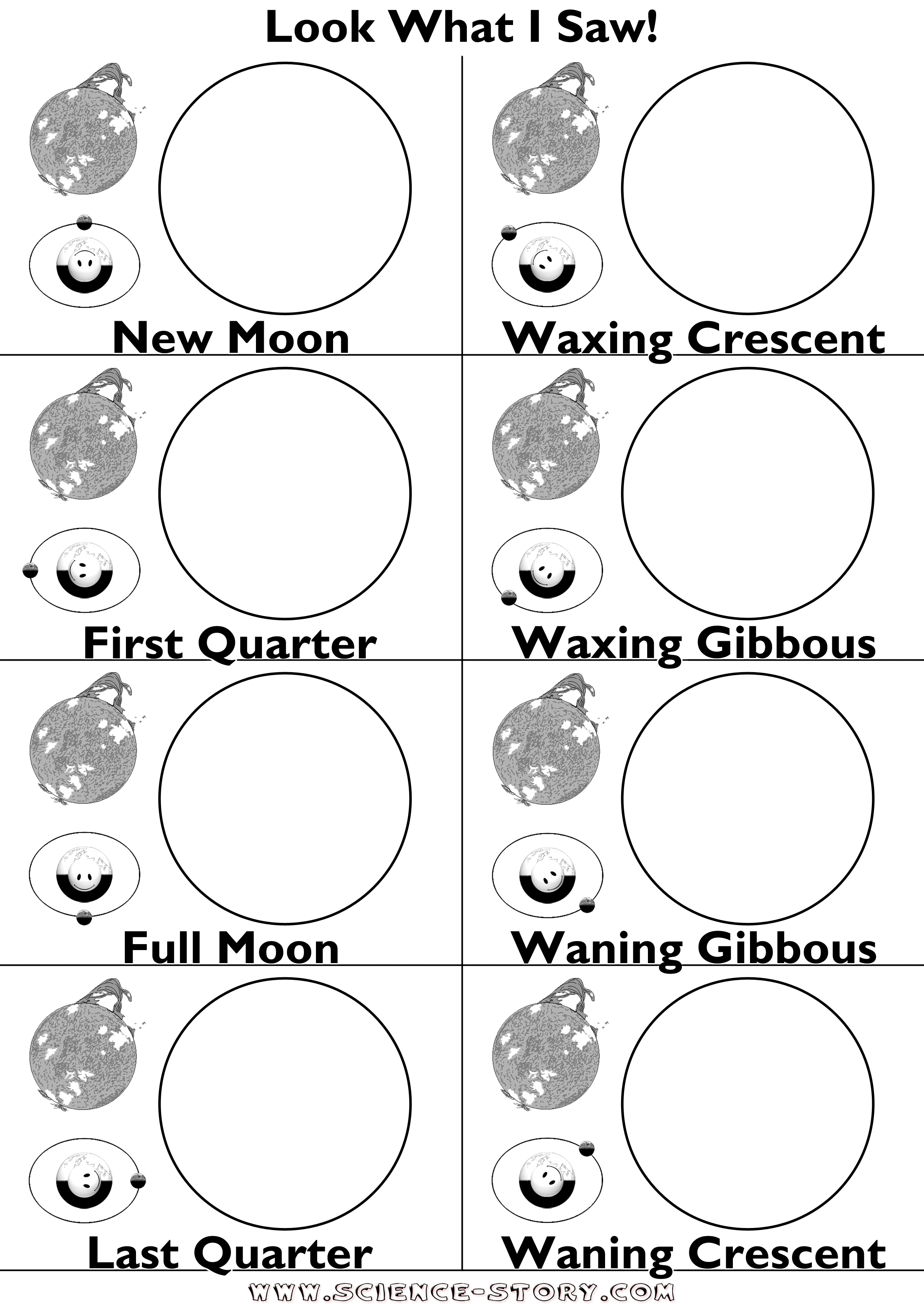



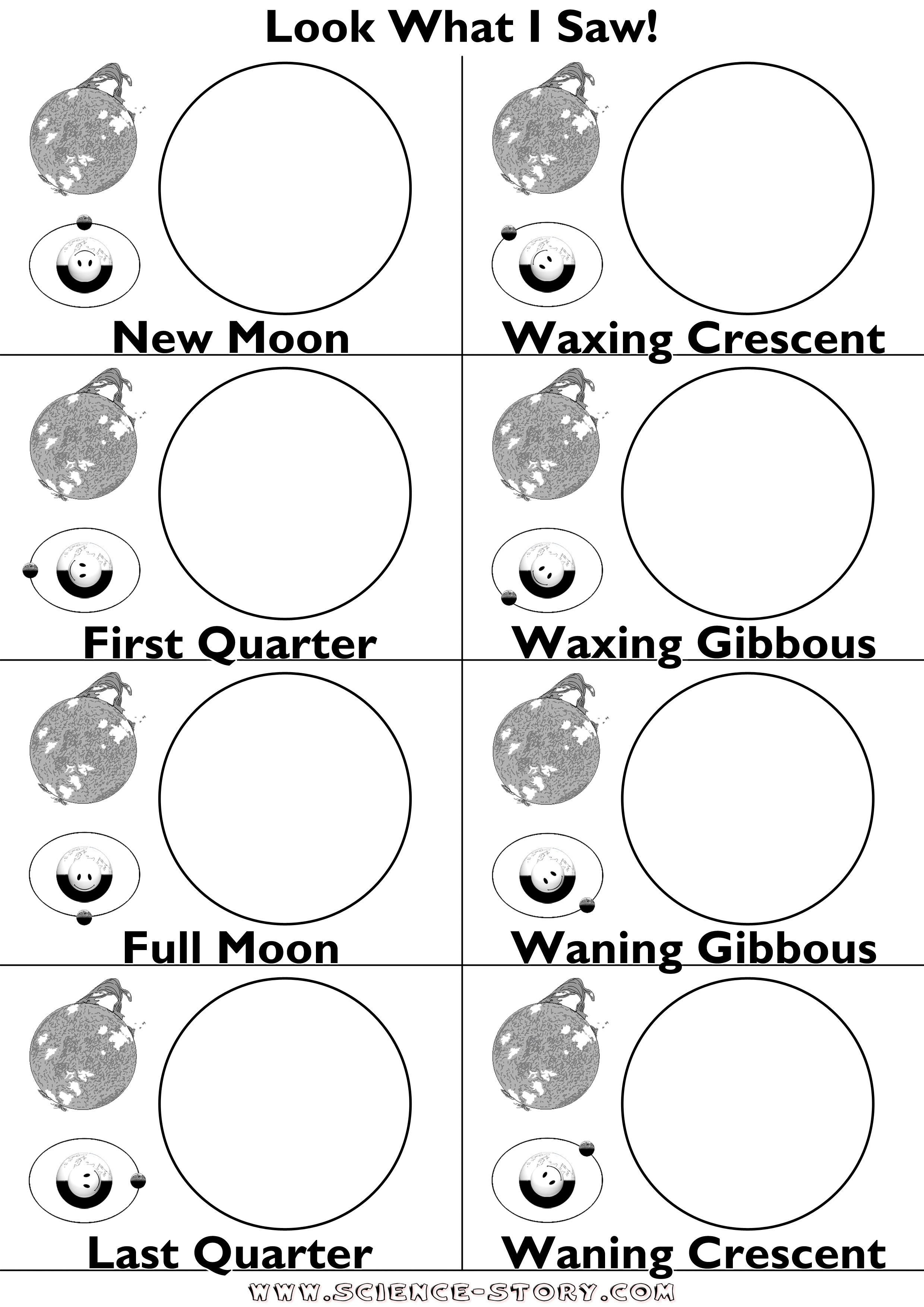
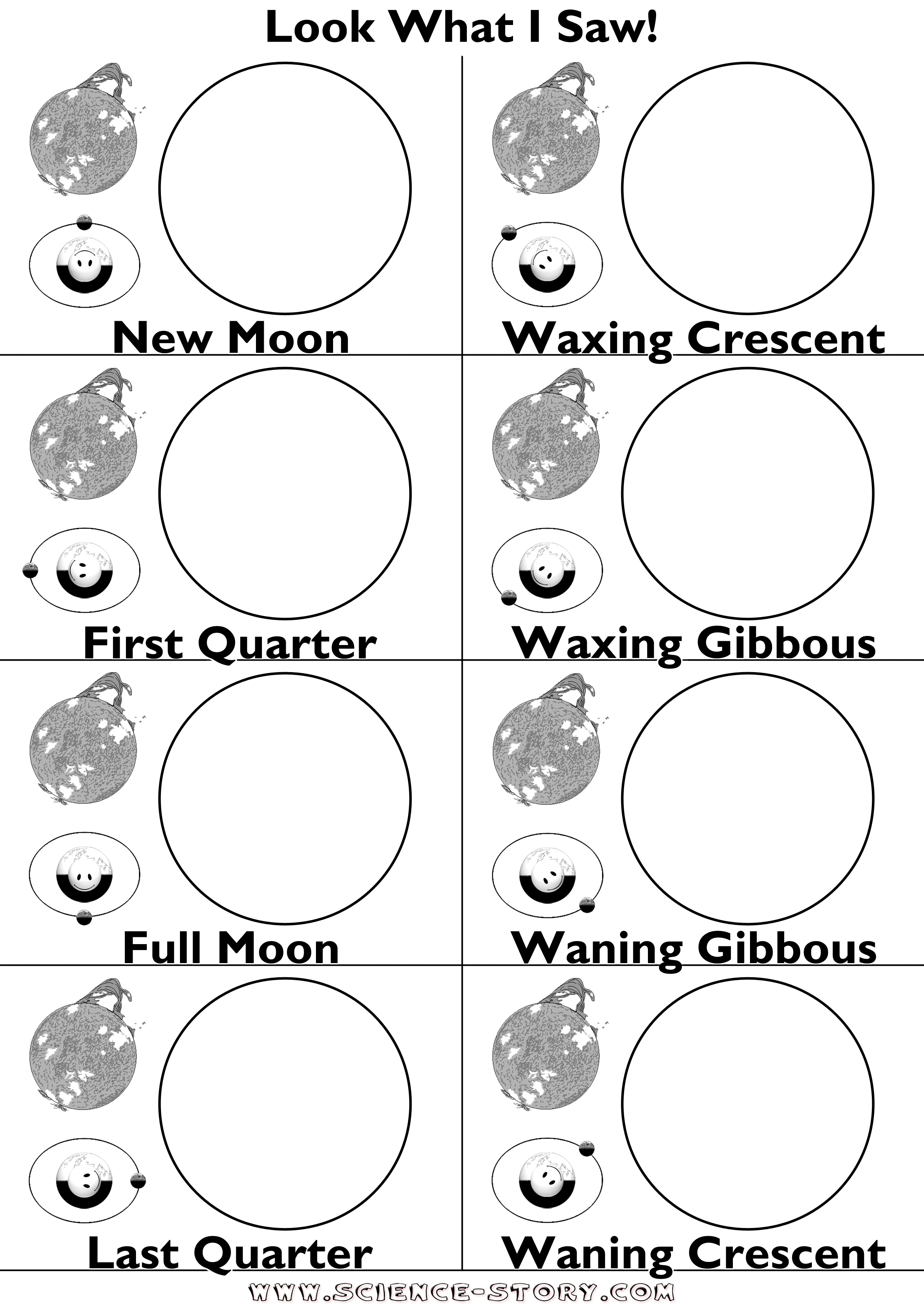
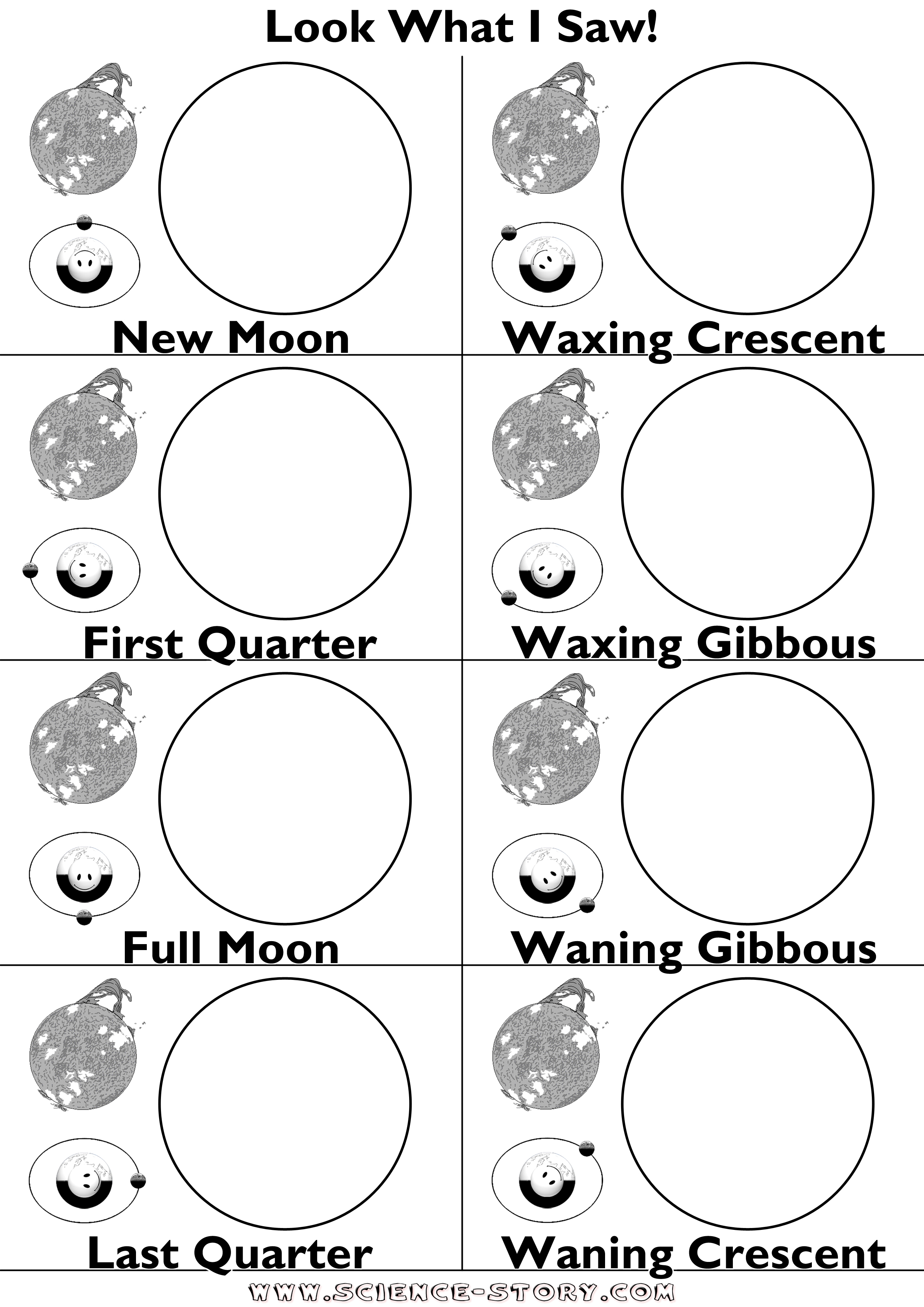
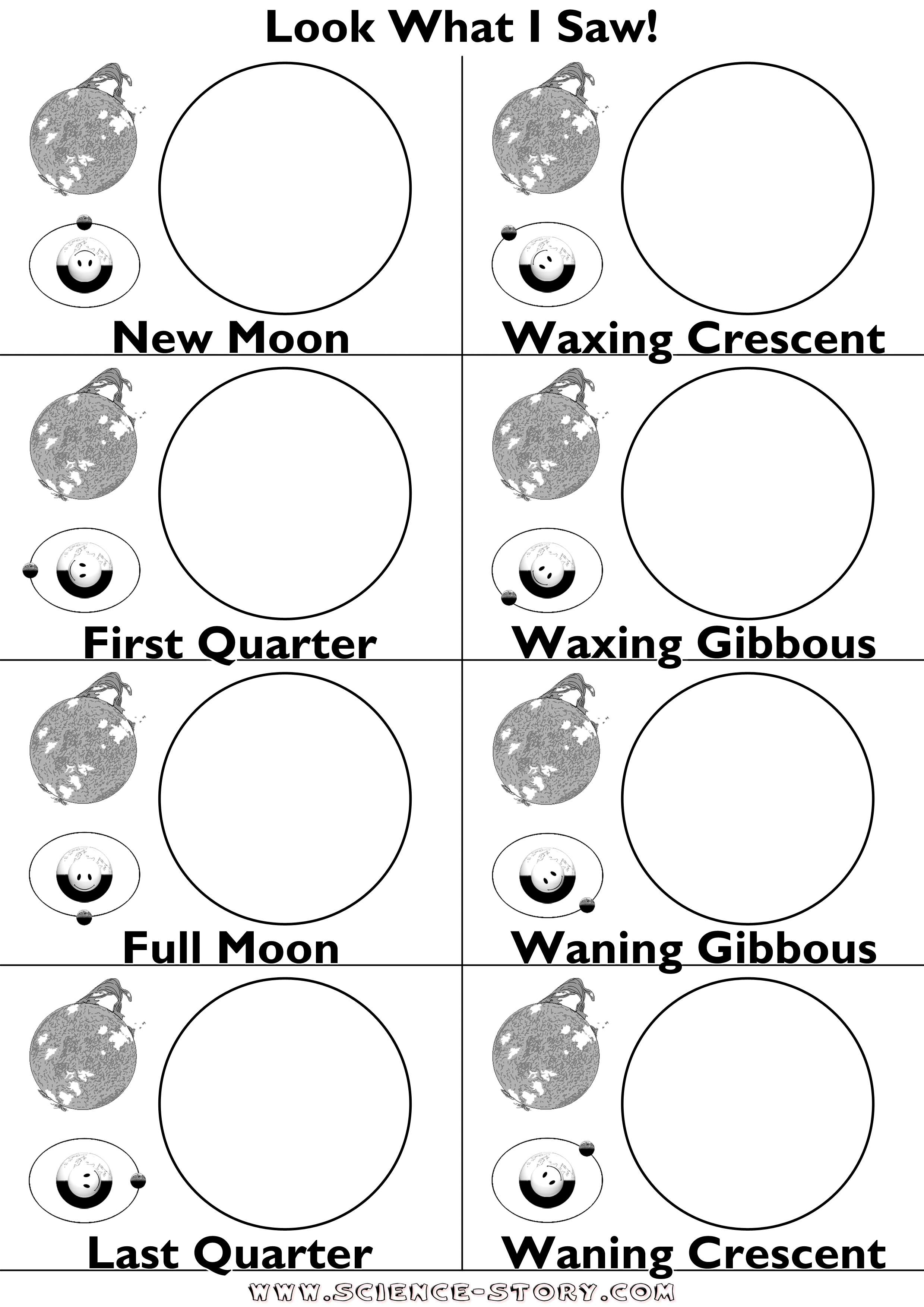
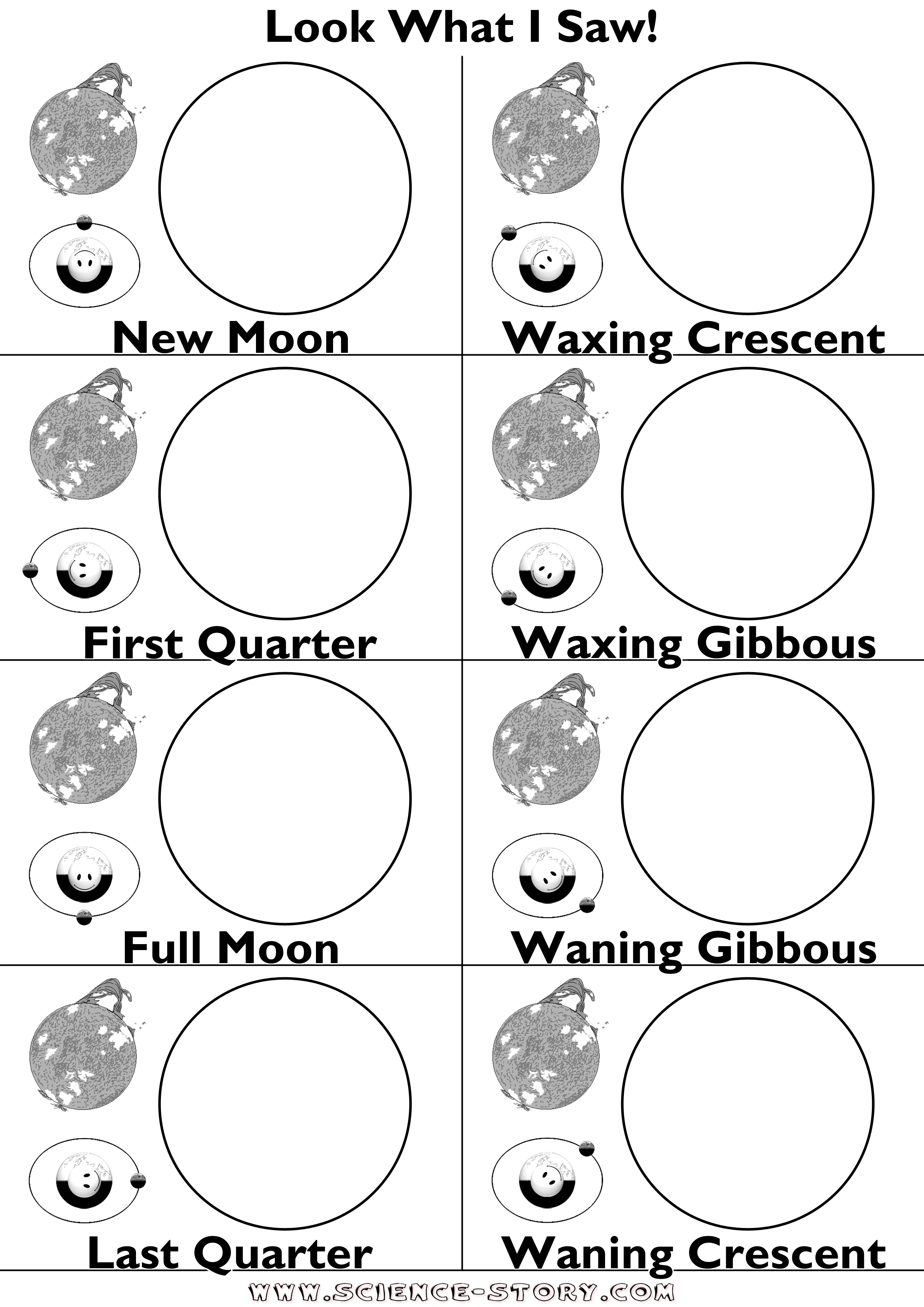
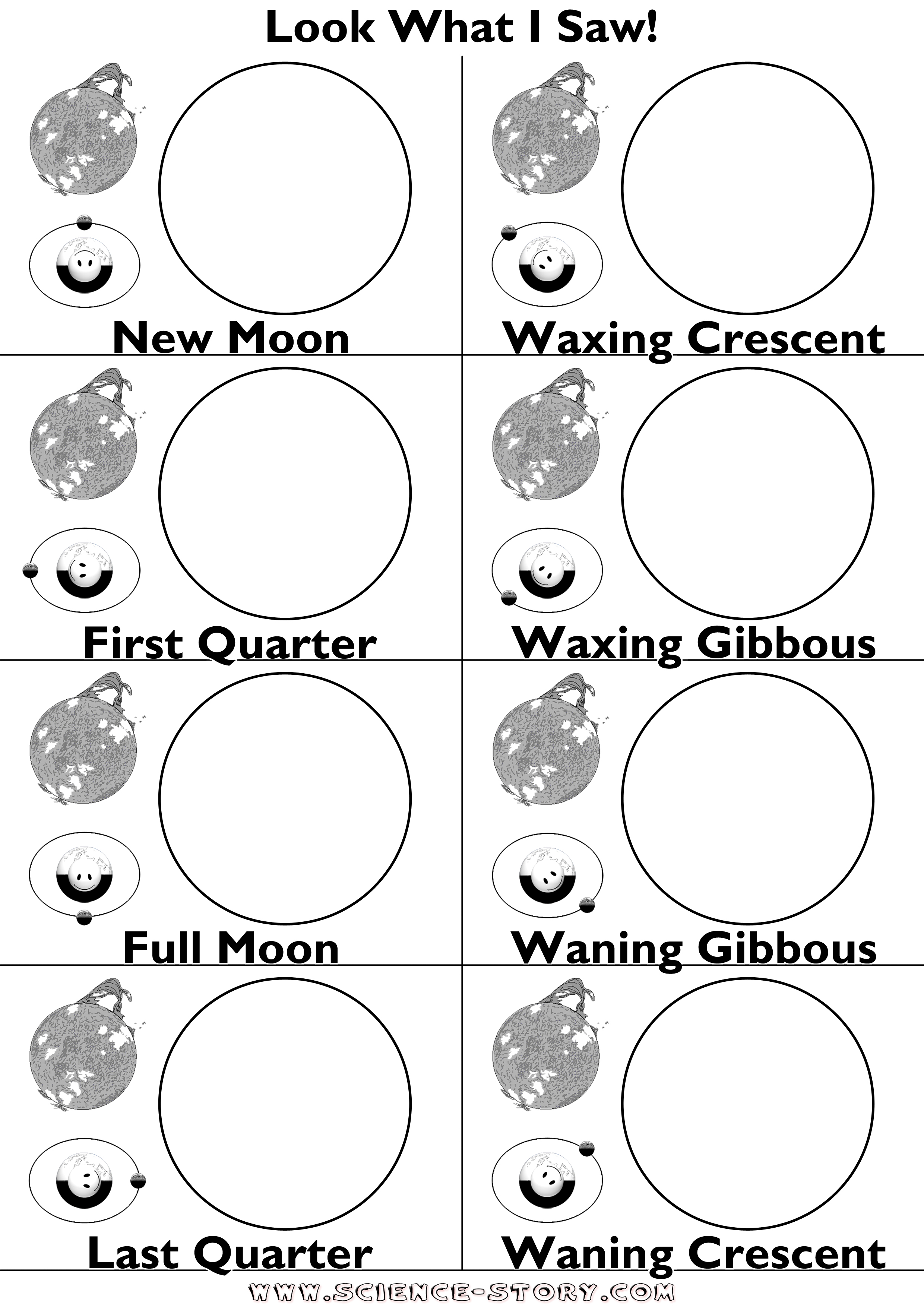
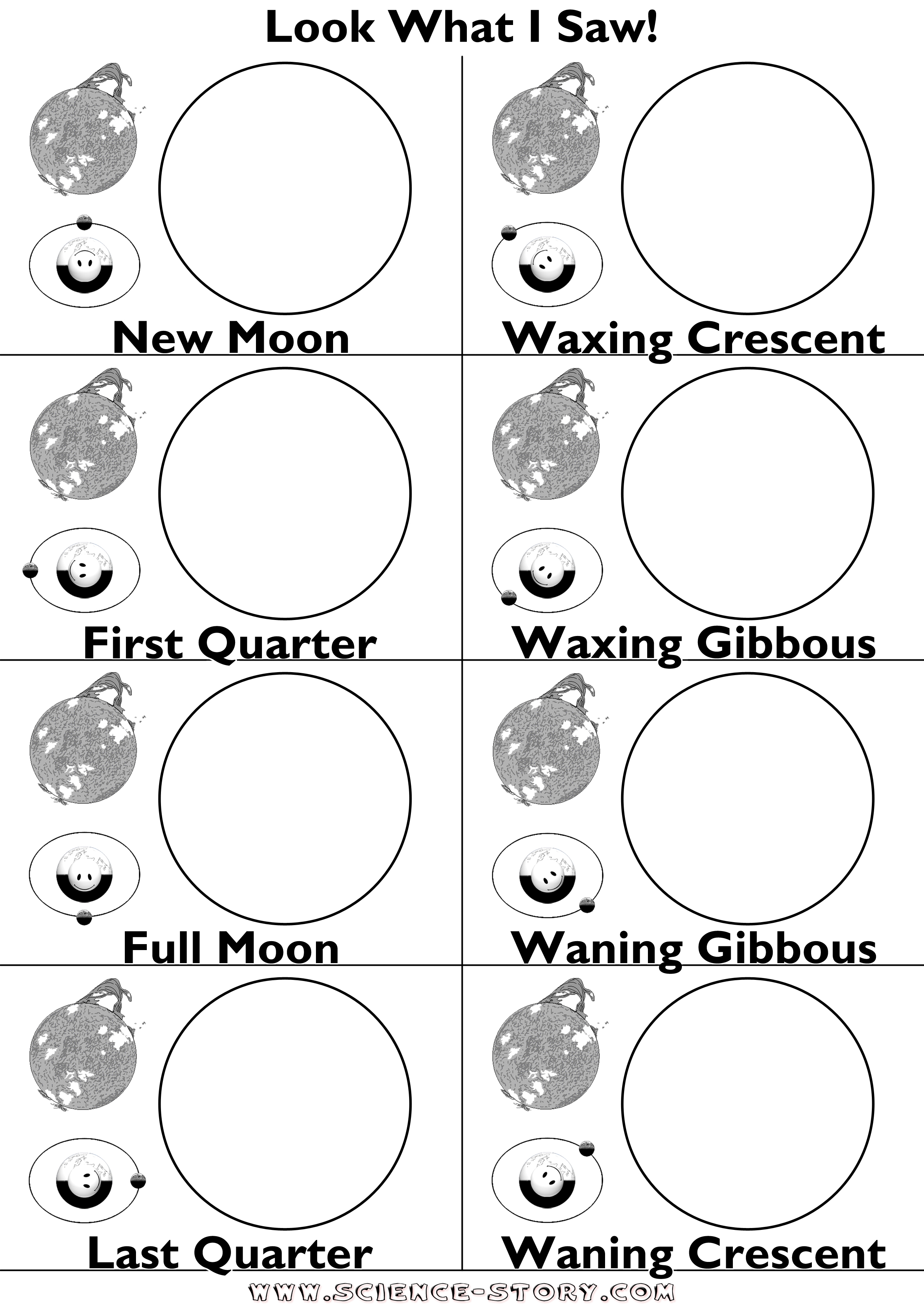
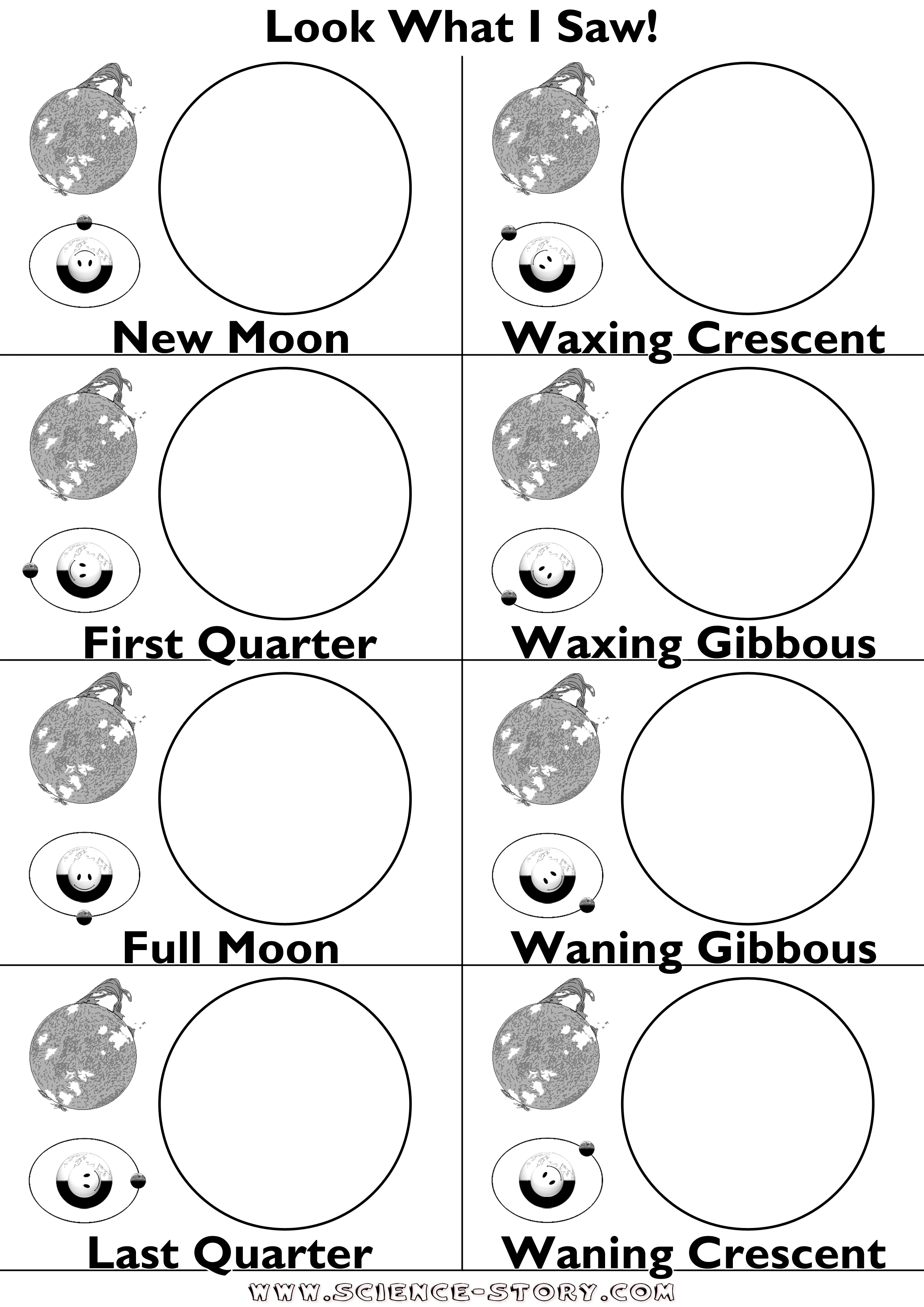
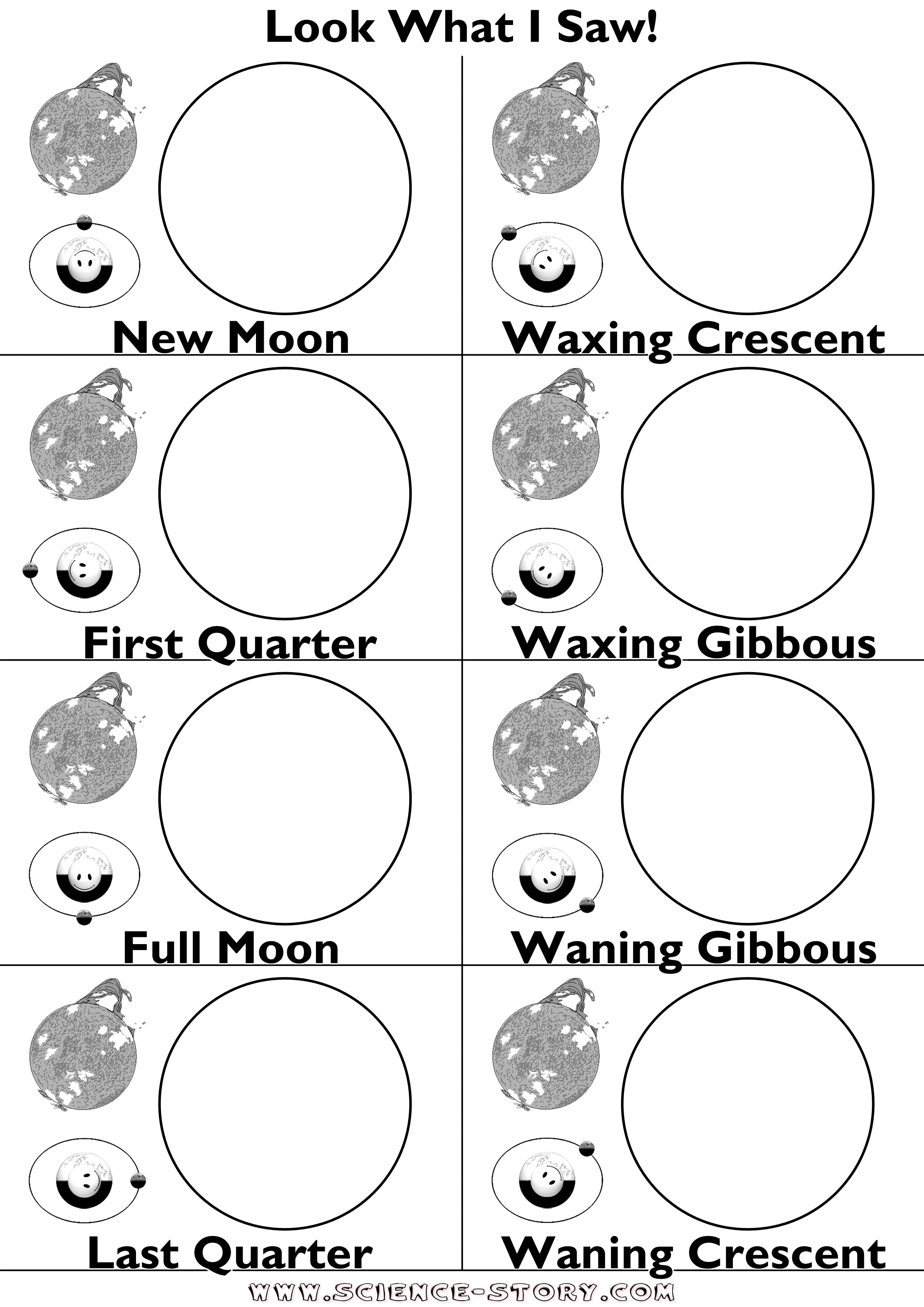
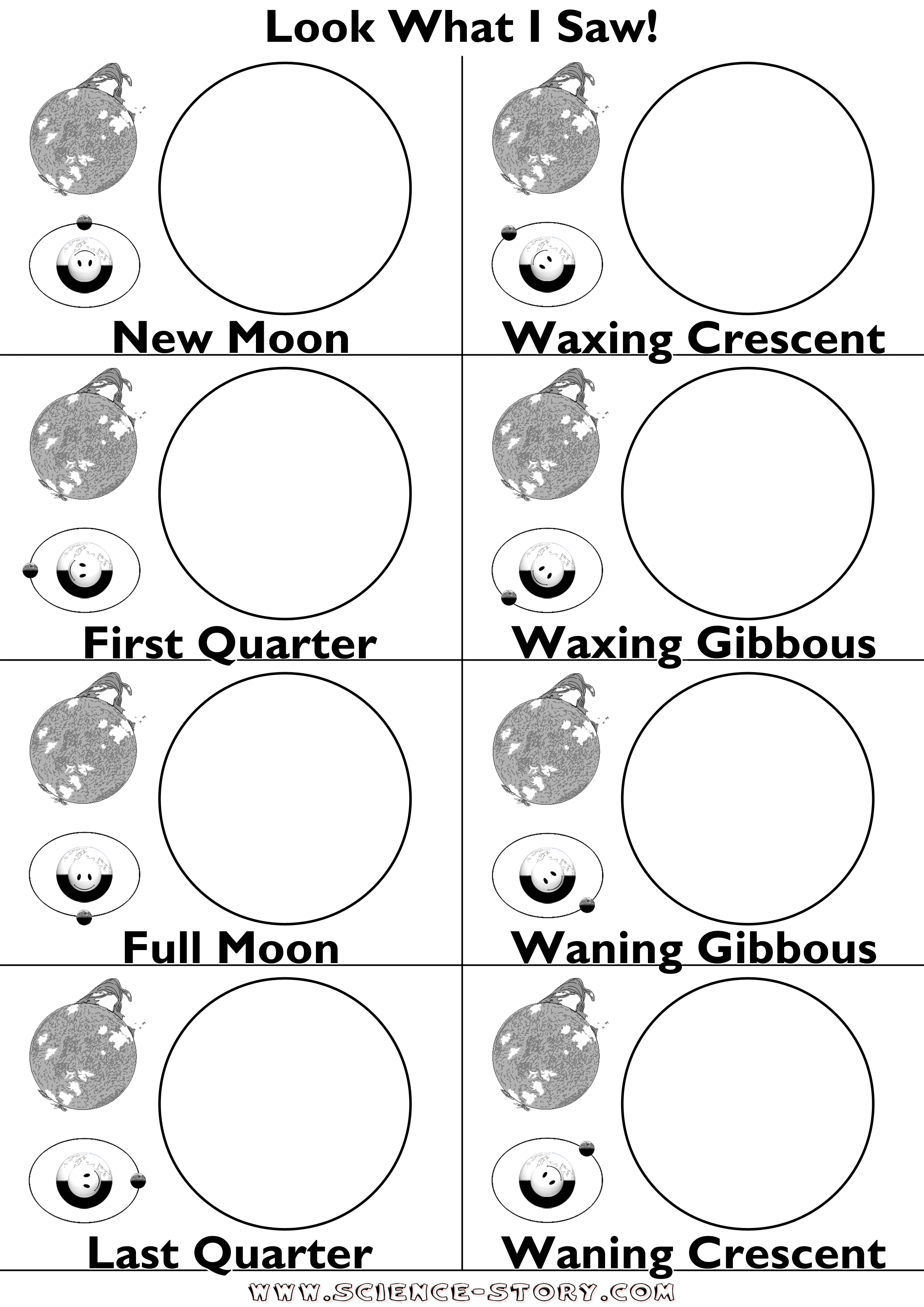

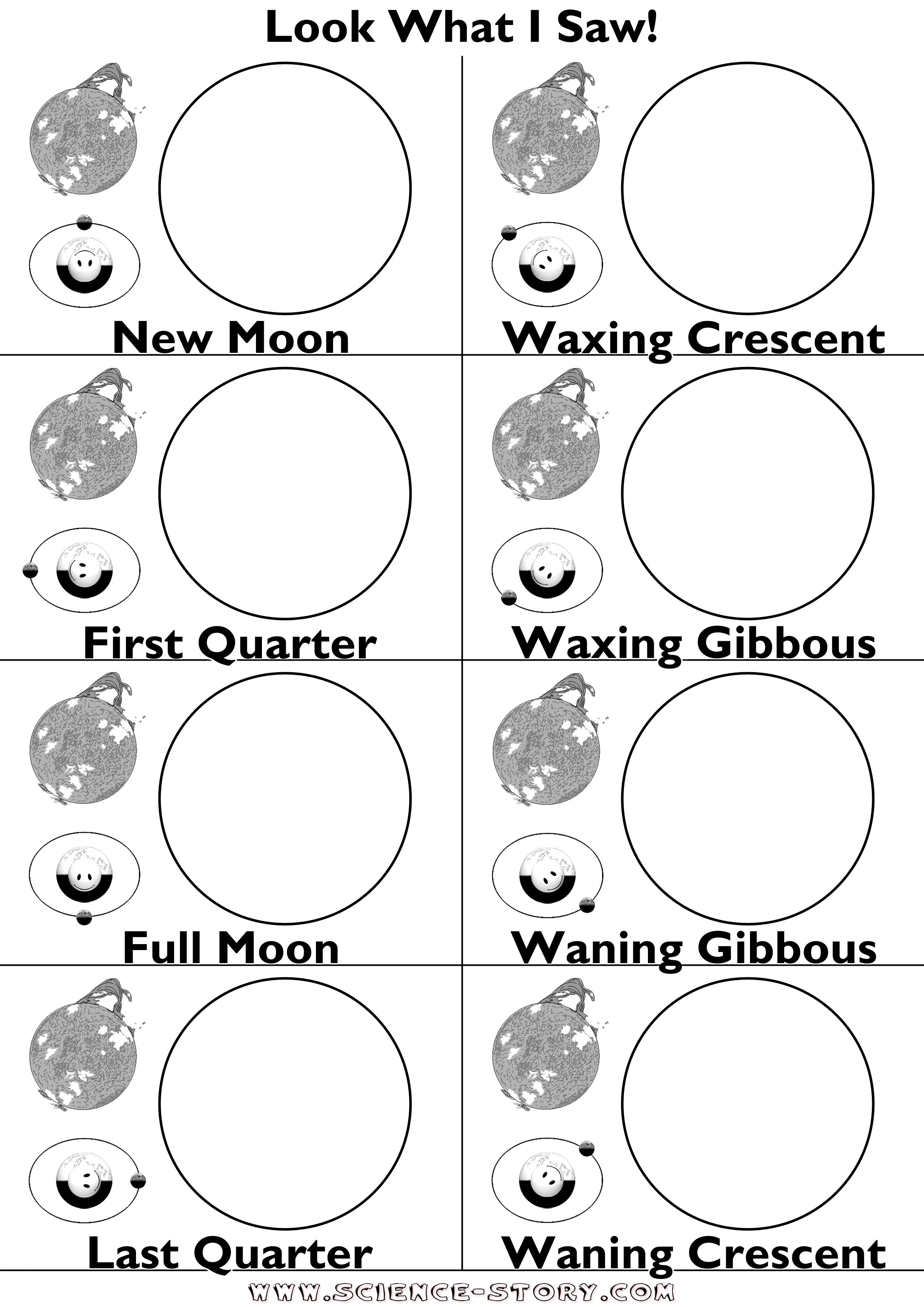
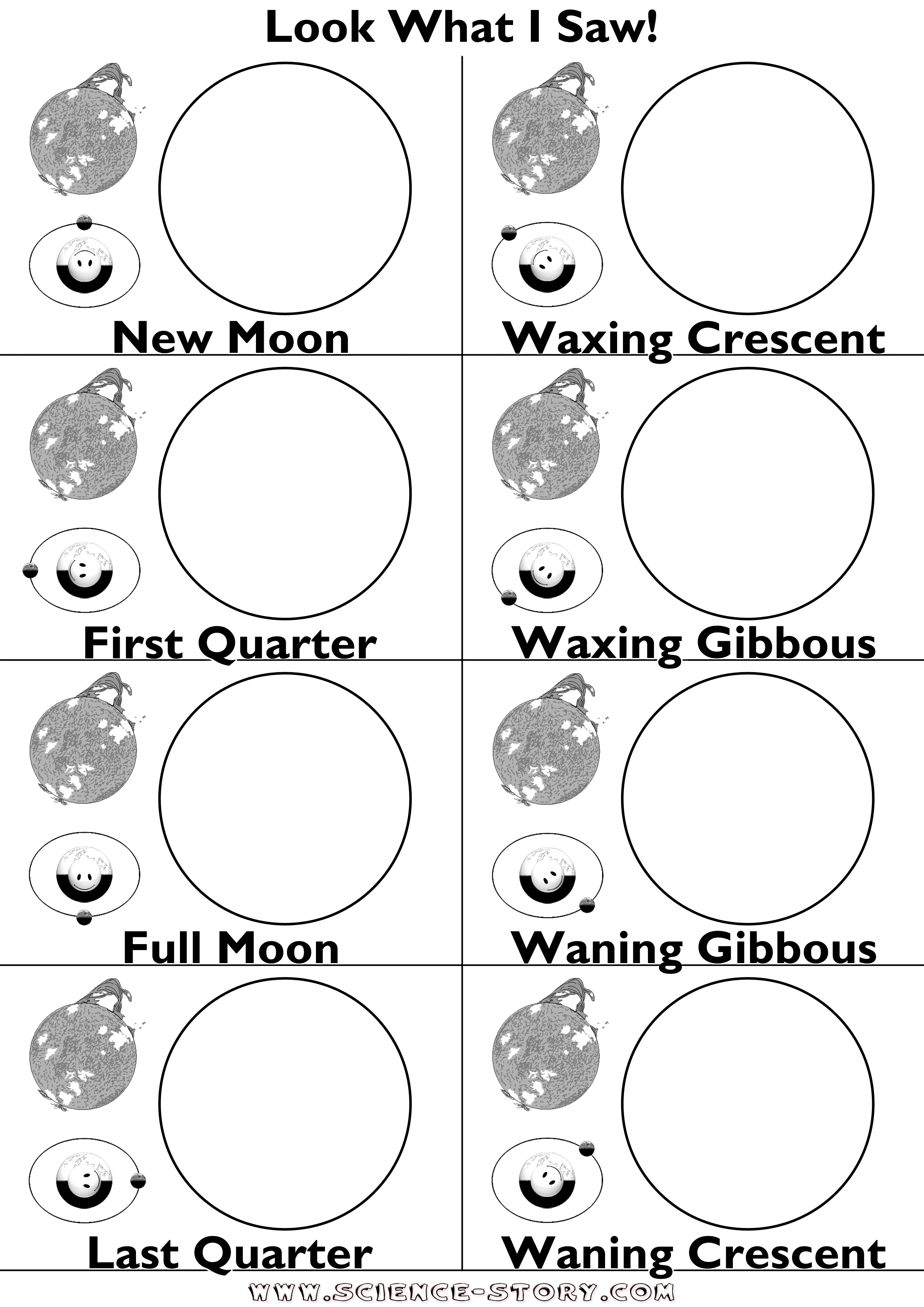
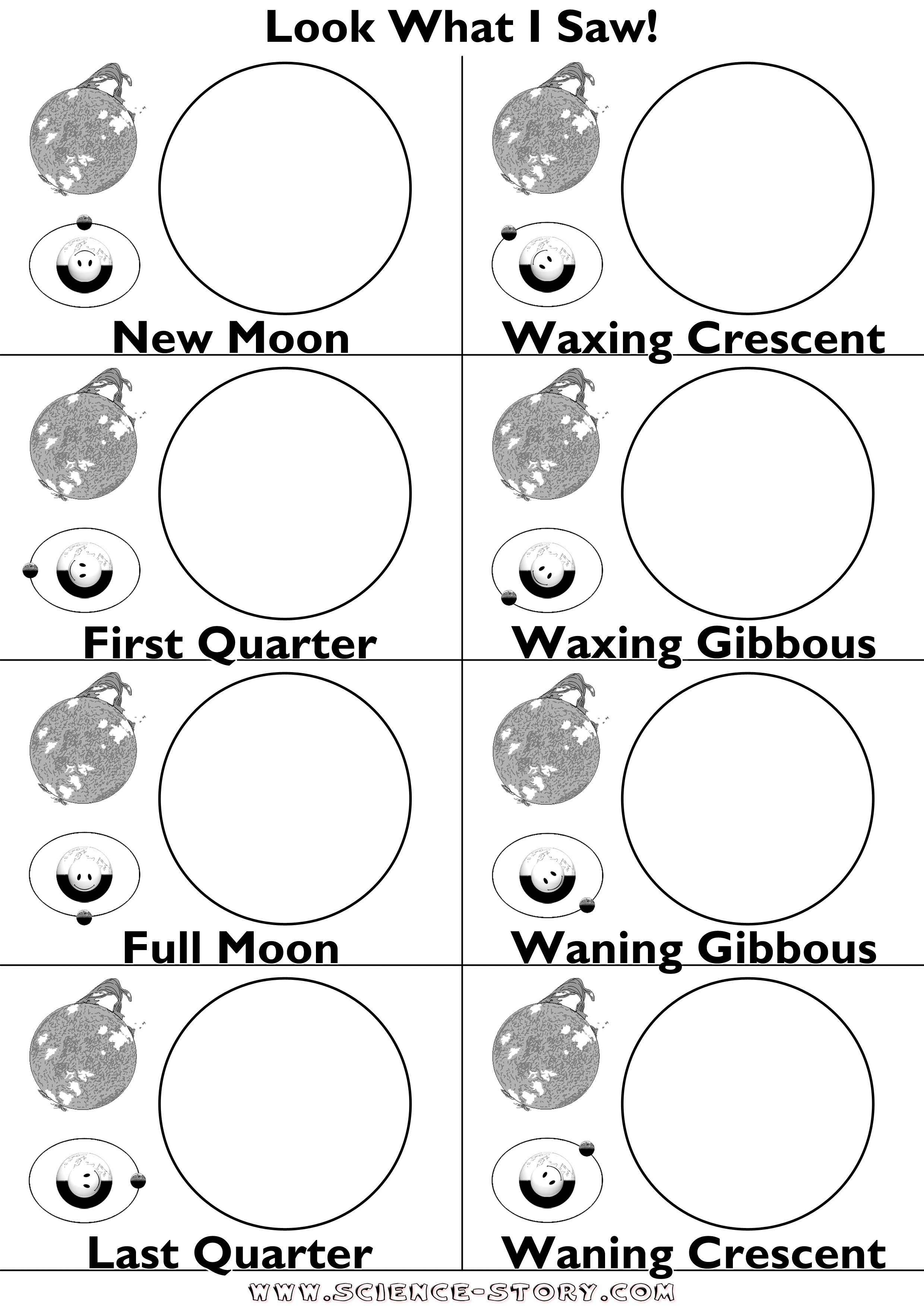
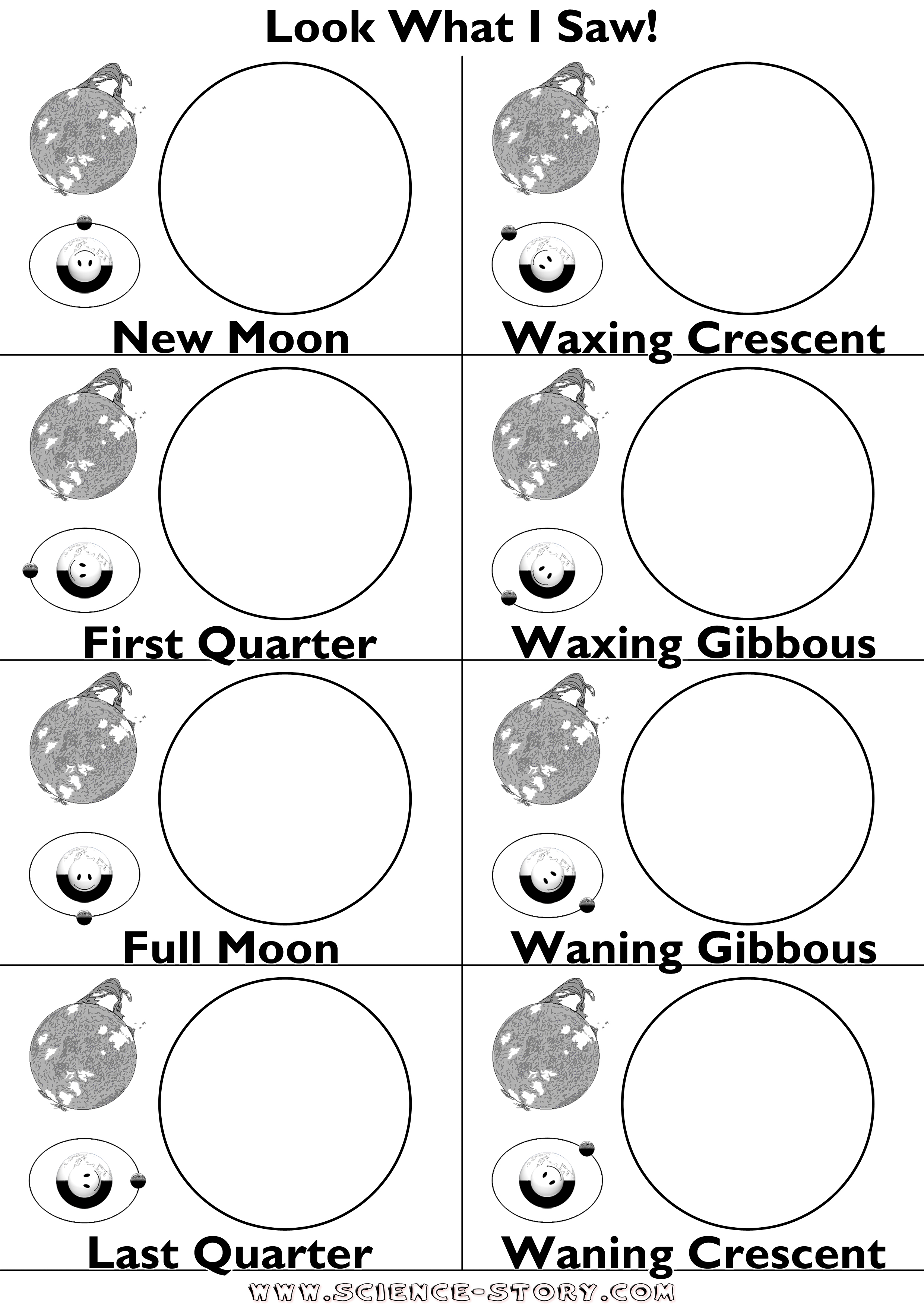

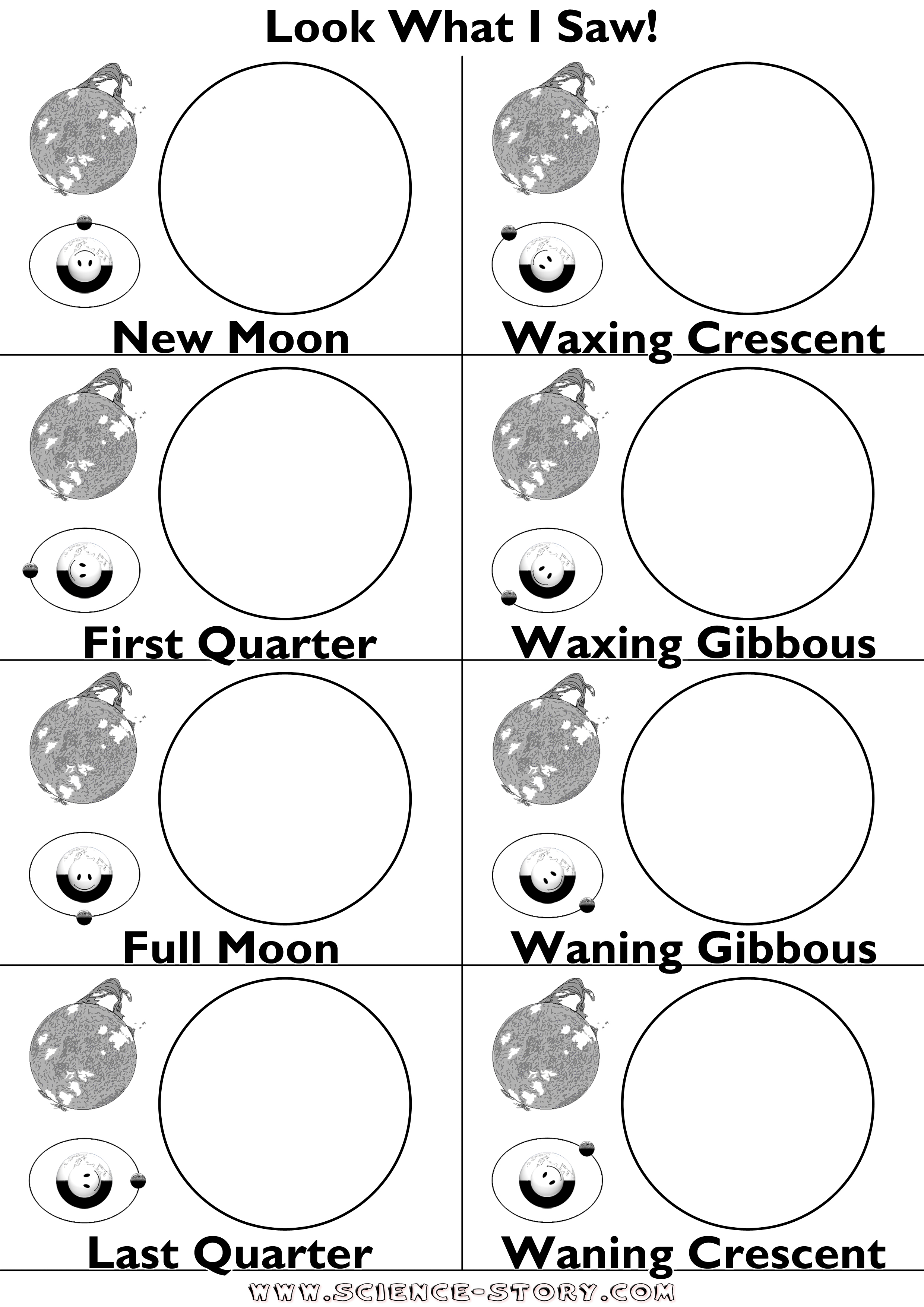
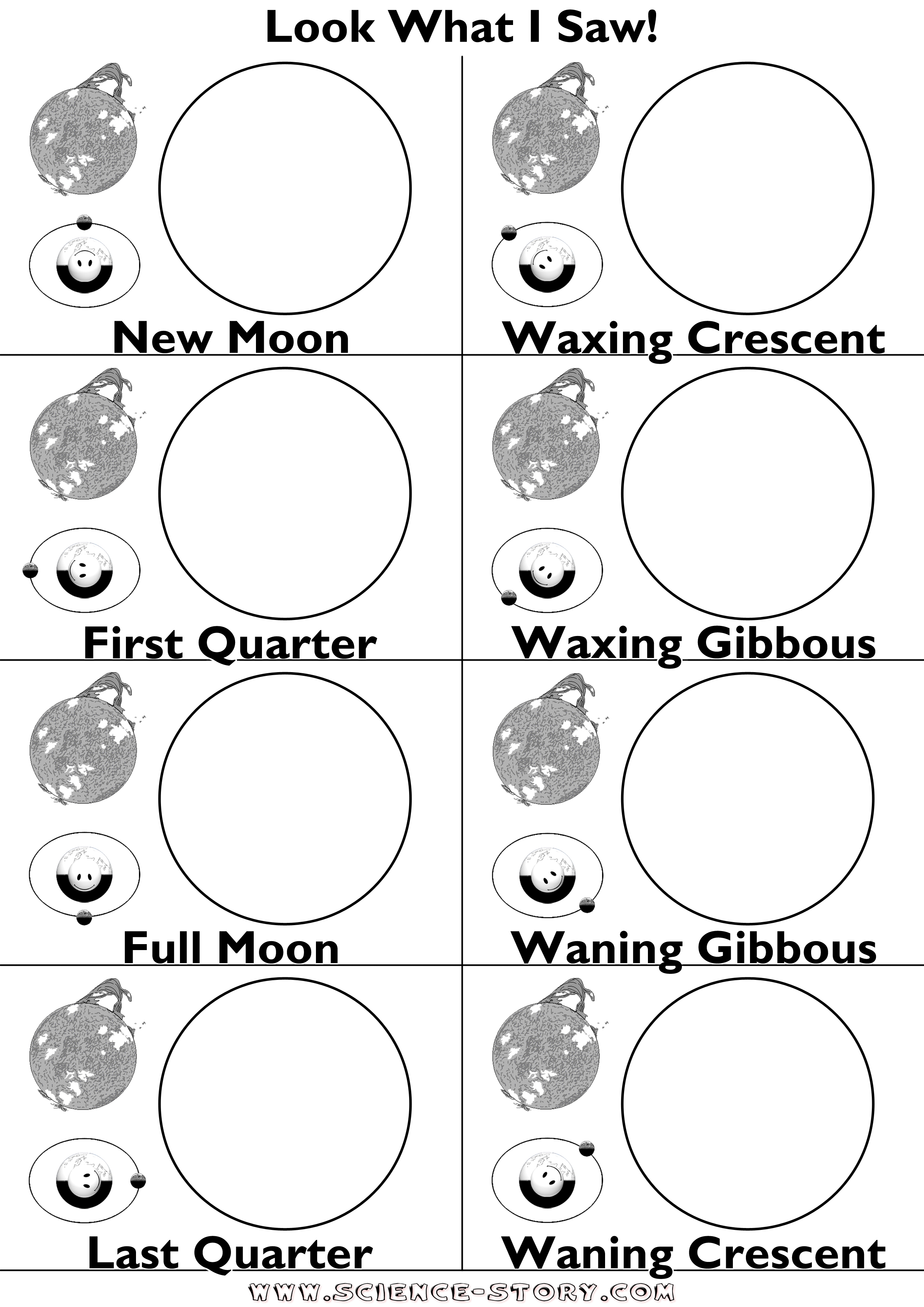














Comments